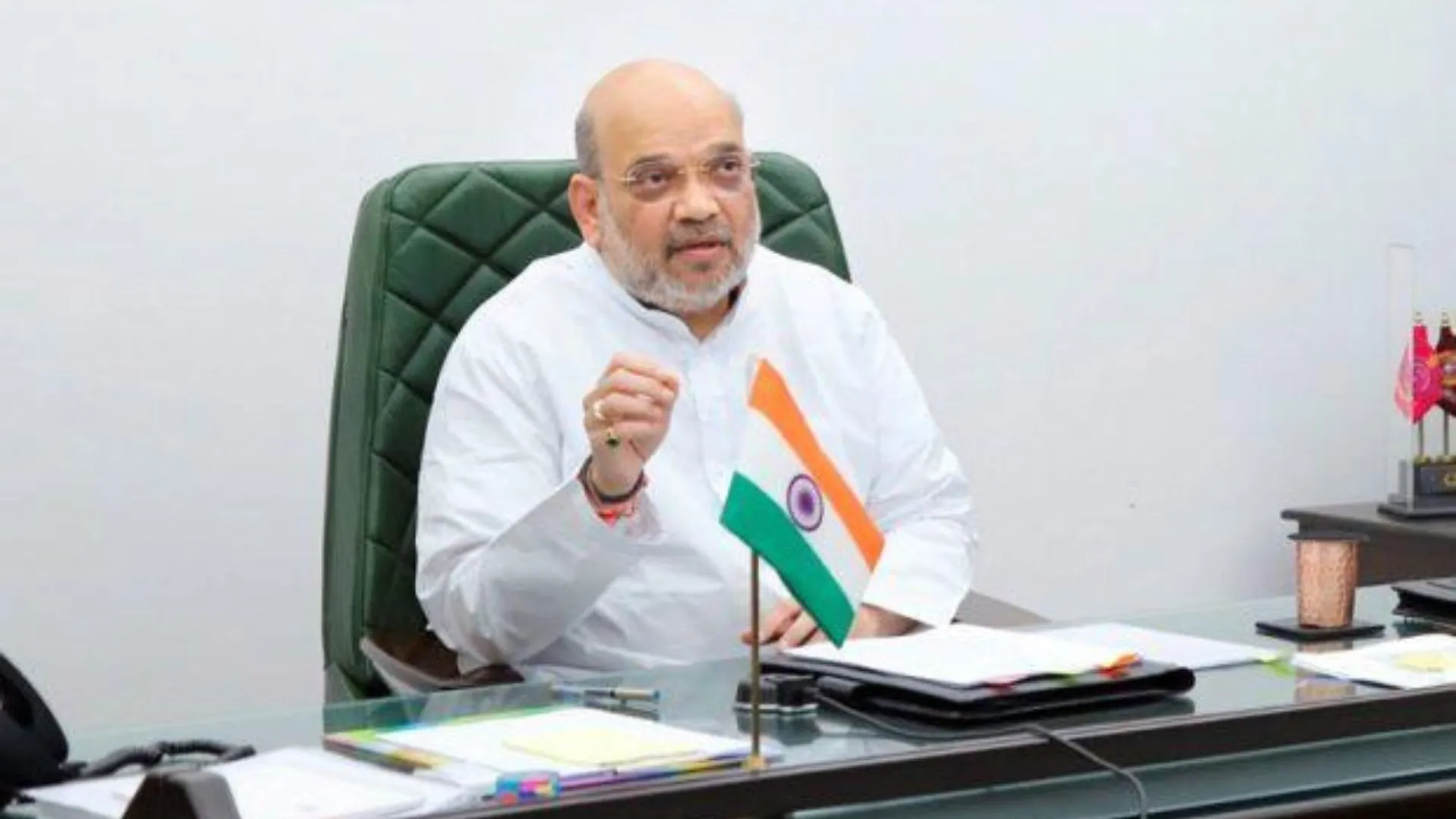Good Governance Index, a biennial assessment that rates states and Union Territories (UTs) across India on over 50 indicators, will not be released for 2023 as planned. The Centre has decided to cancel the 2023 edition and focus on preparing a fresh index for 2025. According to sources, the data collected for the 2023 index has been deemed outdated, prompting this decision.
What Is The Good Governance Index?
Launched on December 25, 2019, the Good Governance Index (GGI) evaluates states and UTs based on key governance parameters to promote accountability and transparency.
- Indicators: The index covers sectors such as agriculture, economic governance, public health, infrastructure, and citizen-centric governance, with over 50 indicators analyzed.
- Top Performers: Tamil Nadu and Gujarat topped the rankings among big states in 2019 and 2021, respectively.
- Purpose: GGI aims to measure the impact of governance and encourage competitive federalism by identifying best practices among states.

Why Was The 2023 Edition Cancelled?
The 2023 edition was originally scheduled for release during Good Governance Week (December 19–25). However, it was called off for the following reasons:
- Outdated Data: The data collected for 2023 would have been released in late 2024, making it less relevant for stakeholders.
- Fresh Start: The government plans to restart the data collection process and release the next edition with updated findings in December 2025.
- Focus On Accuracy: Officials highlighted the importance of providing timely and accurate data to ensure the credibility of the index.
Historical Highlights Of The Good Governance Index
The GGI has played a significant role in tracking governance improvements across India since its inception:
- 2019: The first GGI was released on December 25, coinciding with Good Governance Day, commemorating the birth anniversary of former Prime Minister Atal Bihari Vajpayee. Tamil Nadu emerged as the top performer.
- 2021: Released by Union Home Minister Amit Shah, this edition saw Gujarat securing the top position, with 20 states improving their composite scores compared to 2019.
Indicators And Assessment Parameters
The GGI uses a detailed methodology to rank states based on their performance in various sectors:
- Economic Governance: Focuses on GDP growth, employment, and ease of doing business.
- Public Health: Analyzes healthcare infrastructure, vaccination rates, and access to medical facilities.
- Infrastructure And Utilities: Evaluates development in transport, energy, and urbanization.
- Social Welfare: Measures the effectiveness of social security schemes and programs.
- Environment: Assesses sustainability initiatives and environmental conservation efforts.

Implications Of The Cancellation
The cancellation of the 2023 edition of the Good Governance Index carries both challenges and opportunities:
- Missed Opportunity: Stakeholders and policymakers lose an important tool for evaluating governance improvements.
- Fresh Perspectives: The 2025 edition can incorporate new indicators and address emerging challenges like climate change and digital governance.
- Improved Methodology: With more time for preparation, the government can refine the index to ensure it provides a more comprehensive assessment.
Efforts Toward District-Level Governance Indices
While the national-level GGI has been paused, the government has made significant strides in developing district-level indices:
- Maharashtra, Uttar Pradesh, Jammu & Kashmir, And Arunachal Pradesh: District Good Governance Indices have been released for these states and UTs, providing localized insights into governance.
- Decentralized Focus: These indices aim to encourage better governance at the grassroots level and highlight areas requiring immediate attention.
The Future Of The Good Governance Index
The next edition of the GGI, slated for release in 2025, promises to bring several improvements:
- Updated Data: The new edition will reflect the latest developments and provide actionable insights for policymakers.
- Expanded Scope: Emerging governance priorities like digital transformation, environmental sustainability, and post-pandemic recovery may be included.
- Enhanced Stakeholder Engagement: The government is likely to collaborate more closely with state administrations to ensure better data accuracy and implementation.
Significance Of Good Governance Week
Good Governance Week, observed annually from December 19 to 25, serves as a platform to promote citizen-centric governance and encourage administrative reforms. The campaign, “Prashasan Gaon Ki Ore,” emphasizes resolving public grievances at the grassroots level.
- National Campaigns: Initiatives like CPGRAMS (Centralized Public Grievance Redress and Monitoring System) align with the objectives of Good Governance Week.
- Impact: The week highlights the government’s commitment to improving service delivery and fostering transparency.
Challenges And Way Forward
The cancellation of the GGI 2023 underscores the need for continuous improvements in governance assessment:
- Timeliness: Ensuring data is current and relevant is crucial for the effectiveness of governance indices.
- Inclusivity: Incorporating inputs from diverse stakeholders, including civil society and academia, can enhance the credibility of the index.
- Capacity Building: Strengthening data collection and analysis capabilities across states and UTs will contribute to more robust assessments.
As the Centre shifts its focus to the 2025 edition, the Good Governance Index remains an important instrument for fostering accountability and driving policy improvements across India. With a renewed approach, the index is expected to set new benchmarks in governance assessment and continue its role as a catalyst for competitive federalism.

